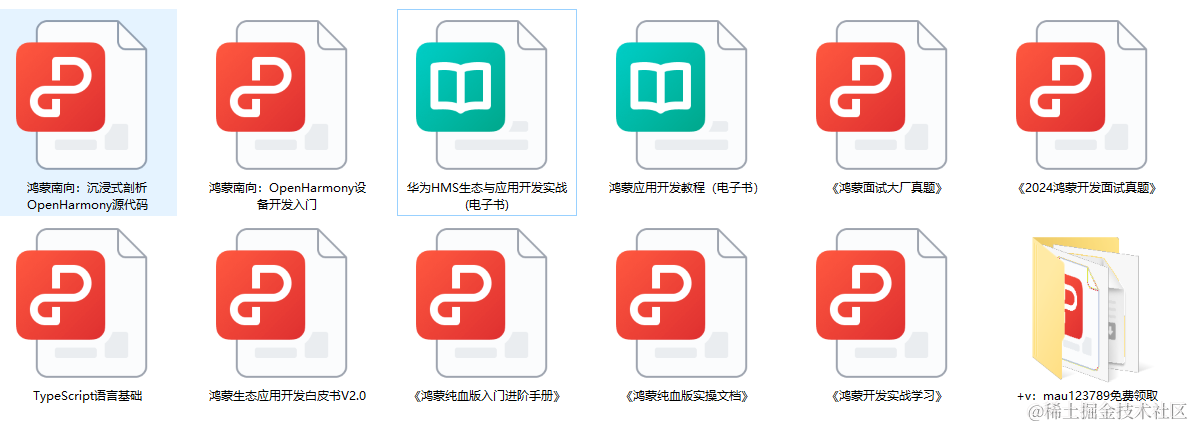UIAbility组件与UI的数据同步
基于当前的应用模型,可以通过以下几种方式来实现UIAbility组件与UI之间的数据同步。
-
使用EventHub进行数据通信\]:在基类Context中提供了EventHub对象,可以通过发布订阅方式来实现事件的传递。在事件传递前,订阅者需要先进行订阅,当发布者发布事件时,订阅者将接收到事件并进行相应处理。
- 开发前请熟悉鸿蒙开发指导文档 :
gitee.com/li-shizhen-skin/harmony-os/blob/master/README.md点击或者复制转到。
使用EventHub进行数据通信
EventHub\]为UIAbility组件提供了事件机制,使它们能够进行订阅、取消订阅和触发事件等数据通信能力。 在\[基类Context\]中,提供了EventHub对象,可用于在UIAbility组件实例内通信。使用EventHub实现UIAbility与UI之间的数据通信需要先获取EventHub对象,本章节将以此为例进行说明。 1. 在UIAbility中调用\[`eventHub.on()`\]方法注册一个自定义事件"event1",\[`eventHub.on()`\]有如下两种调用方式,使用其中一种即可。 import hilog from '@ohos.hilog'; import UIAbility from '@ohos.app.ability.UIAbility'; import type window from '@ohos.window'; import type { Context } from '@ohos.abilityAccessCtrl'; import Want from '@ohos.app.ability.Want' import type AbilityConstant from '@ohos.app.ability.AbilityConstant'; const DOMAIN_NUMBER: number = 0xFF00; const TAG: string = '[EventAbility]'; export default class EntryAbility extends UIAbility { onCreate(want: Want, launchParam: AbilityConstant.LaunchParam): void { // 获取UIAbility实例的上下文 let context = this.context; // 获取eventHub let eventhub = this.context.eventHub; // 执行订阅操作 eventhub.on('event1', this.eventFunc); eventhub.on('event1', (data: string) => { // 触发事件,完成相应的业务操作 }); hilog.info(DOMAIN_NUMBER, TAG, '%{public}s', 'Ability onCreate'); } // ... eventFunc(argOne: Context, argTwo: Context): void { hilog.info(DOMAIN_NUMBER, TAG, '1. ' + `${argOne}, ${argTwo}`); return; } } 2. 在UI中通过\[eventHub.emit()\]方法触发该事件,在触发事件的同时,根据需要传入参数信息。 import common from '@ohos.app.ability.common'; import promptAction from '@ohos.promptAction'; @Entry @Component struct Page_EventHub { private context = getContext(this) as common.UIAbilityContext; eventHubFunc() : void { // 不带参数触发自定义"event1"事件 this.context.eventHub.emit('event1'); // 带1个参数触发自定义"event1"事件 this.context.eventHub.emit('event1', 1); // 带2个参数触发自定义"event1"事件 this.context.eventHub.emit('event1', 2, 'test'); // 开发者可以根据实际的业务场景设计事件传递的参数 } build() { Column() { // ... List({ initialIndex: 0 }) { ListItem() { Row() { // ... } .onClick(() => { this.eventHubFunc(); promptAction.showToast({ message: $r('app.string.EventHubFuncA') }); }) } // ... ListItem() { Row() { // ... } .onClick(() => { this.context.eventHub.off('event1'); promptAction.showToast({ message: $r('app.string.EventHubFuncB') }); }) } // ... } // ... } // ... } } 3. 在UIAbility的注册事件回调中可以得到对应的触发事件结果,运行日志结果如下所示。 [Example].[Entry].[EntryAbility] 1. [] [Example].[Entry].[EntryAbility] 1. [1] [Example].[Entry].[EntryAbility] 1. [2,"test"] 4. 在自定义事件"event1"使用完成后,可以根据需要调用\[eventHub.off()\]方法取消该事件的订阅。 // context为UIAbility实例的AbilityContext this.context.eventHub.off('event1'); `HarmonyOS与OpenHarmony鸿蒙文档籽料:mau123789是v直接拿`  ### 使用AppStorage/LocalStorage进行数据同步 ArkUI提供了AppStorage和LocalStorage两种应用级别的状态管理方案,可用于实现应用级别和UIAbility级别的数据同步。使用这些方案可以方便地管理应用状态,提高应用性能和用户体验。其中,AppStorage是一个全局的状态管理器,适用于多个UIAbility共享同一状态数据的情况;而LocalStorage则是一个局部的状态管理器,适用于单个UIAbility内部使用的状态数据。通过这两种方案,开发者可以更加灵活地控制应用状态,提高应用的可维护性和可扩展性。详细请参见\[应用级变量的状态管理\]。